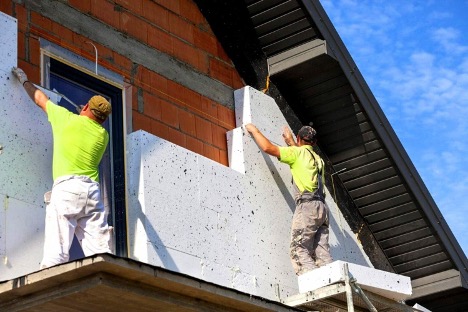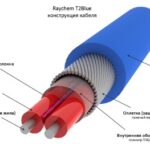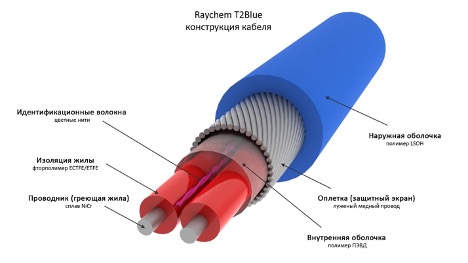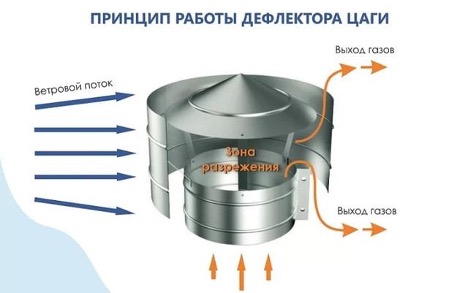Density of thermal insulation materials for walls: how to find out
The choice of thermal insulation materials for walls is an important stage in construction and renovation, on which not only the warmth and comfort of the premises depends, but also the energy efficiency of the building as a whole. One of the key parameters that you should pay attention to when choosing insulation is its density. The density of thermal insulation materials directly affects their thermal insulation properties, strength, moisture resistance and durability.

The content of the article
The importance of insulation density
What affects the density of insulation? The density of insulation plays an important role in determining its thermal insulation properties. First of all, it affects the thermal conductivity coefficient of the material: the higher the density, the lower the thermal conductivity and the better the insulating characteristics. This means that high-density insulation will be more effective at retaining heat inside a room in the winter and protecting it from overheating in the summer. However, it should be taken into account that too high a density can lead to a decrease in the porosity of the material. And, as a result, it will lead to a decrease in his ability to “breathe”. And this is important for ensuring a comfortable microclimate in the room.
In addition, the density of the insulation directly affects its mechanical strength and resistance to deformation.High-density materials better resist compression, bending and other types of mechanical stress. This makes them the preferred choice for high-stress applications, such as floor or roof insulation. Such materials also better protect against external mechanical damage and provide additional sound insulation.
Finally, the density of the insulation determines its moisture resistance. In general, high-density materials are less porous and therefore less susceptible to moisture absorption. This is critically important to prevent a decrease in the thermal insulation properties of insulation under the influence of moisture and to prevent the development of mold and mildew in it. The moisture resistance of the insulation ensures the durability of not only the material itself, but also the entire wall structure, preventing the processes of rotting and corrosion of structural elements.
How to determine the density of insulation
What is the density of insulation and how to find it out? The density of a thermal insulation material is defined as the weight of the material distributed over the volume and is measured in kilograms per cubic meter (kg/m³). Density data can be found in the technical specifications provided by the manufacturer in the documentation for the insulation. To more accurately determine the density, you can use the formula:
Density = Mass / Volume
where the mass and volume of the insulation should be measured independently.
Examples of the density of popular insulation materials
Let's look at the density of some common types of insulation:
- The density of basalt wool can vary over a wide range, usually from 30 to 200 kg/m³.Basalt insulation with a density of 50 kg/m³ is considered the optimal choice for wall insulation, providing good thermal insulation properties and breathability.
- The density of minislabs also varies, but for wall applications, materials with a density of 80 to 150 kg/m³ are most often used.
The influence of density on the characteristics of insulation
The density of the insulation affects the following characteristics:
- Thermal conductivity: High-density materials usually have lower thermal conductivity, which improves their thermal insulation properties.
- Soundproofing: Materials with higher density absorb sound better.
- Strength: high-density insulation materials are more resistant to mechanical loads.
The choice of insulation density must correspond to the requirements of the project and the operating conditions of the building. Correctly selected insulation density will help ensure the durability and efficiency of thermal insulation, reduce energy consumption and increase living comfort.





